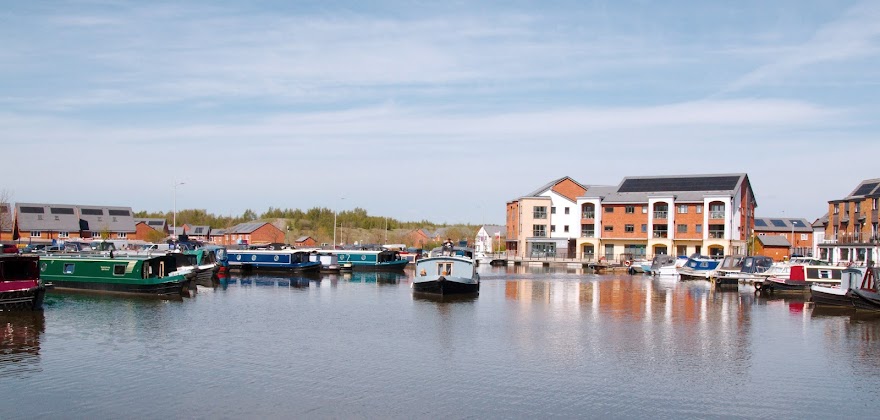We set off at approx 10.30am heading for Little Eye, this would be the safest route to follow, Little Eye, Middle Eye and then Hilbre. Hilbre Island is the largest and the only one with buildings on it (including toilets, compost toilets). Hilbre is approximately 12 acres and has a varied bird population depending on what time of year you visit, sea life you can see Atlantic grey seals, the population of these has rose from 12 to approx 500 and you can watch them swimming from the island, also you can see dolphins and porpoise.
After a gentle walk and several stops along the way to take in the views and scan the estuary for birds we made the Island I have never seen so many birds in one spot, Oystercatchers by the hundreds, Herring Gulls, Sandwich and Common Terns. At the end of the island there is a derelict life boat house, from here we watched the sea hoping for dark blobs in the distance that would turn out to be Skuas. Unfortunately on this occassion Skuas were not seen but we did see a Great Crested Grebe, Cormorants and Atlantic grey seals. Also putting on a diving display catching fish were several Sandwich and Little Tern.
Lunch time, Lynn prepared tea and coffee, that made our picnics as the sun shone. After lunch we would visit the Bird Observatory - The most southerly building on the island, from which birds are continuously monitored in connection with a national network of observatories and ringing stations. We met Chris the warden and he was very passionate about the observatory and its work. The Observatory started in 1956 however records go beyond that for recording seals etc.
The rest of the afternoon was spent searching the remaining beaches and rocks (while the tide was high) to find Turnstone - hiding in a cave, Dunlin - great flocks swooping by every so often, Meadow Pipit - around the grass and heather and a single Willow Warbler - near the observatory. Also out on Little Eye during high tide a single Whimbrel in amongst Oystercathers and Gulls. On the return journey home several Lesser Black Back gulls were spotted.
A great day and somewhere we will be returning to, the autumn and winter may provide something different, what is needed is a strong south easterly wind and rain the following morning, this usually provides the odd rarity. Thanks to the people involved in organising it, see you all soon - maybe at Burton Mere!!
Photos from the day;
From the Car Park towards the islands:
Flocks of Oystercatchers:
Why is everything so far away....?
Atlantic Grey Seal
Middle Eye to the main Island
Intrepid Explorers
The Islands are made up of red sandstone
Tide is turning
Turnstone hanging on
and hiding in the cave
Tide is going out again
Lesser Black Backed Gull
Return journey
A great day and well worth the donation.
Towards the end of the island - the derelict life boat house
Meadow Pipit
Dunnock
Dunlin and Ringed Plover
Turnstone hanging on
and hiding in the cave
Tide is going out again
Lesser Black Backed Gull
Return journey
A great day and well worth the donation.
Related Links






































No comments:
Post a Comment